001.
Common Ostrich Struthio camelus (Volstruis)
Order: Struthioniformes. Family: Struthionidae
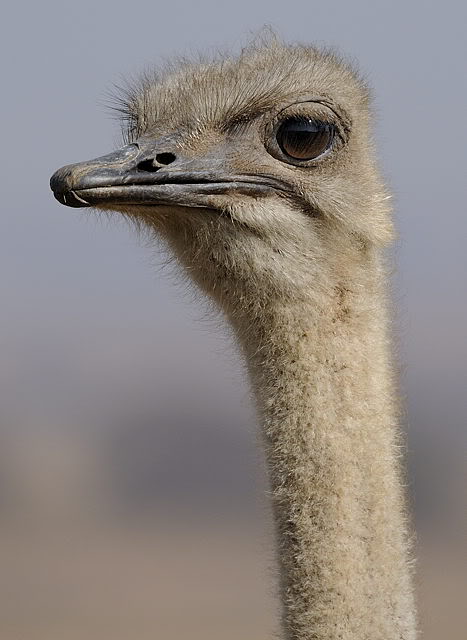
Adult female. Kgalagadi Transfrontier Park
Description
Unmistakable. The largest and heaviest of all living birds, with long bare neck; legs flesh-pink becoming brighter during the breeding season.
Males are black with white wings and with white tails, sometimes rufous tipped, and white leggings. Females smaller and browner.
Juvenile resembles female, but smaller. Chicks unmistakable with 'hedgehog' down.
Distribution
Natural distribution is in the drier regions of Africa, including southern Africa, the Sahel, Sudan, Ethiopia, Kenya and Tanzania.
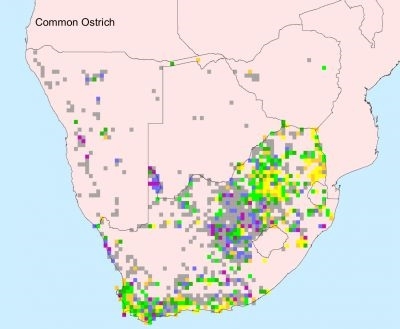 Habitat
Habitat
Open arid savanna woodland, shrublands and desert plains.
Diet Feeds on grasses, seeds and leaves. In dry areas succulent plants are also taken. Takes sometimes insects and small vertebrates.
Forages in groups, browsing close to ground.
Breeding
The breeding season and strategy of the ostrich vary with location. Where food is scarce, breeding pairs tend to be monogamous, but elsewhere breeding groups usually form, consisting of a territorial male together with a main or “major” hen and several secondary, “minor” hen. At the start of the breeding season, the male scrapes out a nest, a mere depression in the ground, and then attempts to attract females using an elaborate courtship display, which involves dropping to the ground, opening the wings and tail, shaking each wing alternately, and moving the tail up and down, while swaying the head and neck from side to side. The male will then approach the female with the wings open and the brightly coloured neck puffed out, while stamping the feet. After mating, the main female lays up to 11 creamy white eggs, while the other females lay around 2 to 6 eggs each, in the same nest, and may also lay eggs in other nests. The egg of the ostrich is the largest in the world, although relatively small in relation to the size of the bird, at around 16 cm in length and 1.5 kg in weight, with a 2 mm thick shell. Incubation is performed only by the male and the main female, and lasts between 42 and 46 days. Males incubate at night and females mostly by day. Any surplus eggs which the pair cannot cover are pushed out of the nest by the female, who is somehow able to recognise and retain her own, leaving about 20 eggs in total. The young are buff-coloured with black lines and specks, and leave the nest within the first three days. The pair may sometimes take chicks from other broods, and large crèches often form, escorted by one or more adults.
Call
Deep booming
boo boo boooooh hoo given by male, mainly in breading season (not unlike lion's roar!).
Listen to Bird Call.
Status
Common resident.






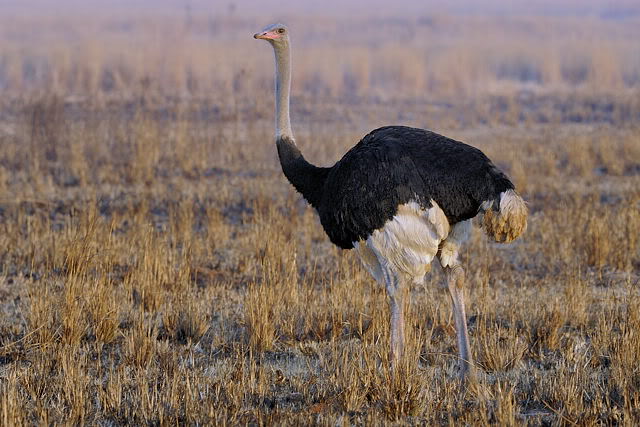
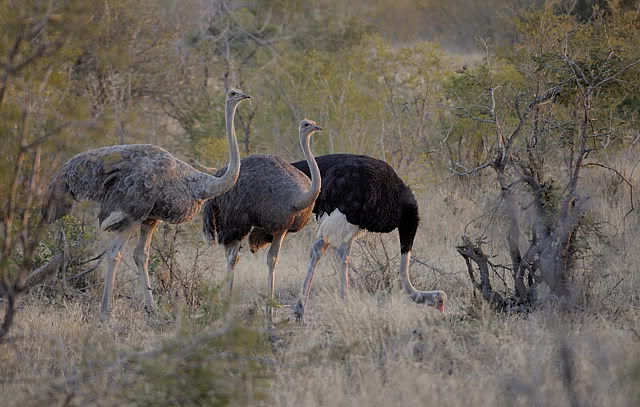
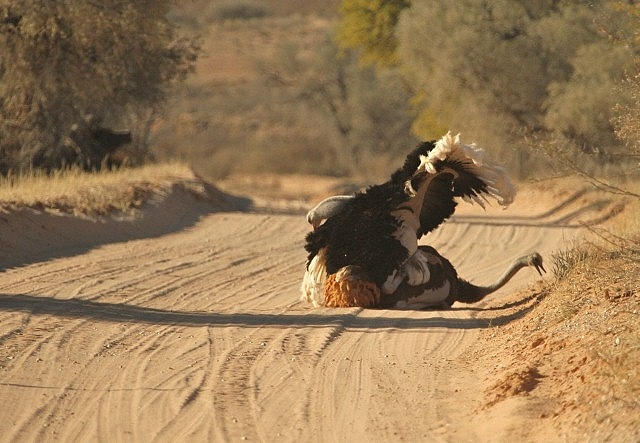 © nan
© nan
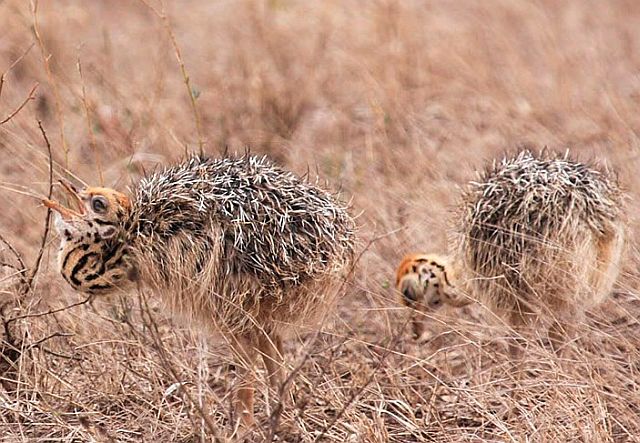 © leachy
© leachy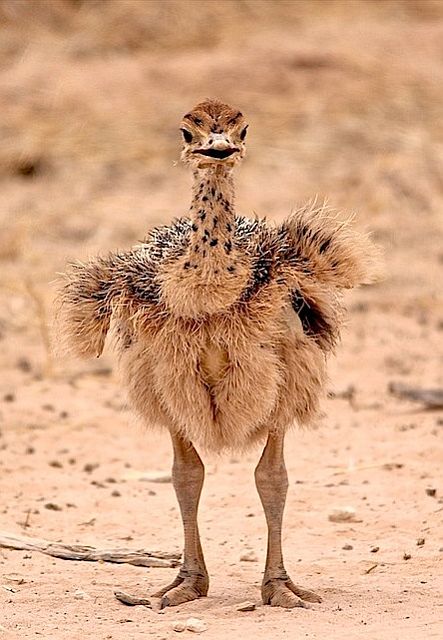 © ExFmem
© ExFmem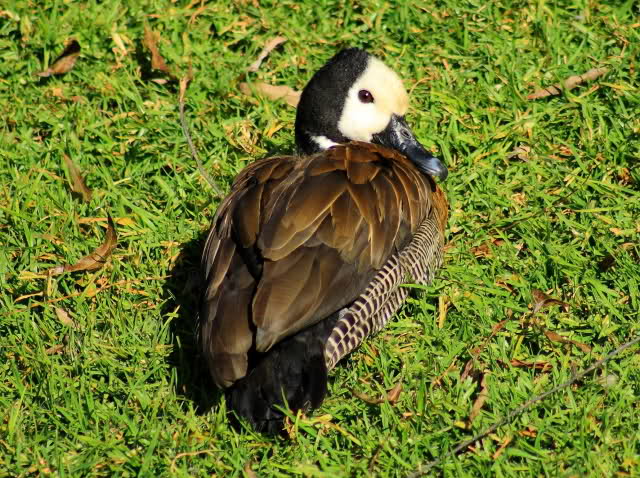 © Flutterby
© Flutterby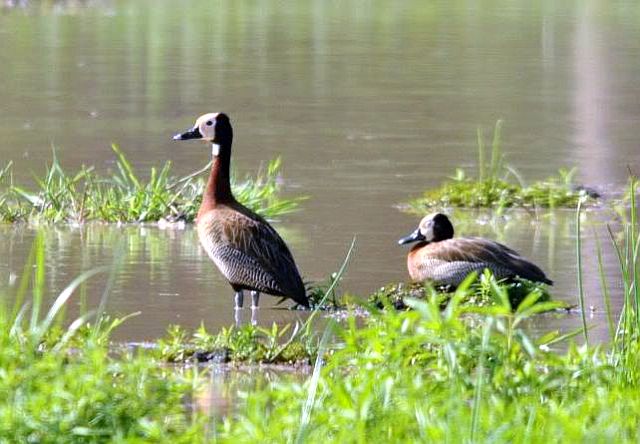 © lowveldboy
© lowveldboy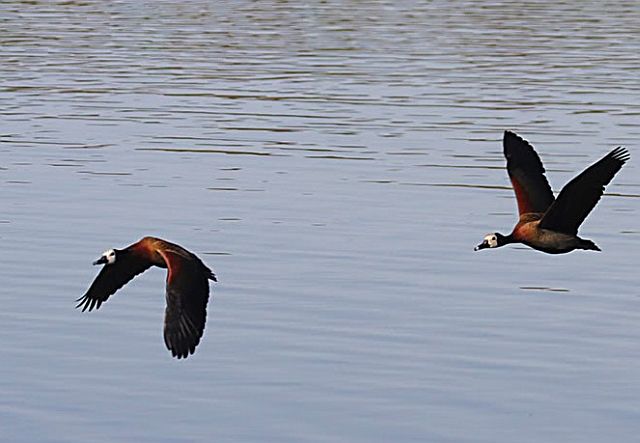 © leachy
© leachy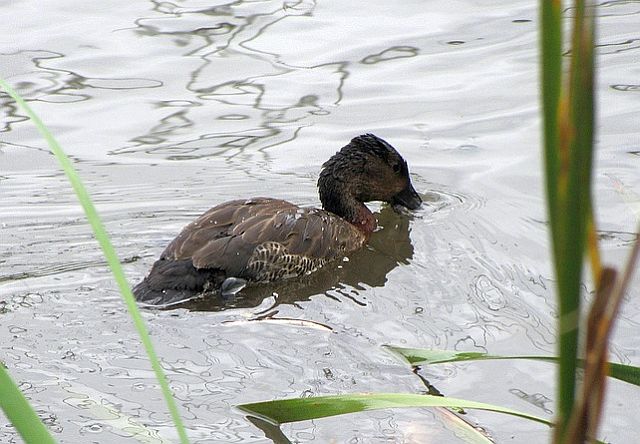 © Lisbeth
© Lisbeth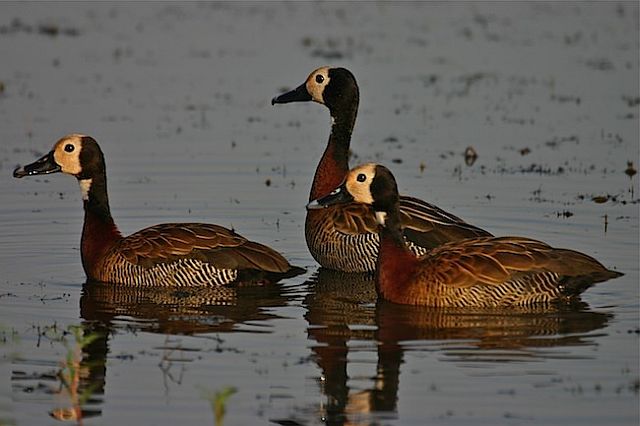 © ExFmem
© ExFmem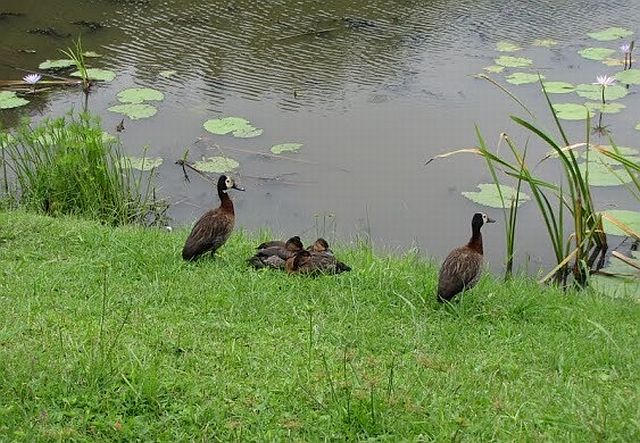 © Lisbeth
© Lisbeth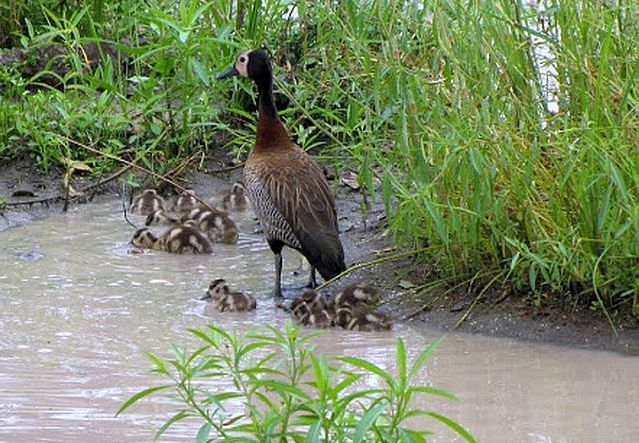 © Lisbeth
© Lisbeth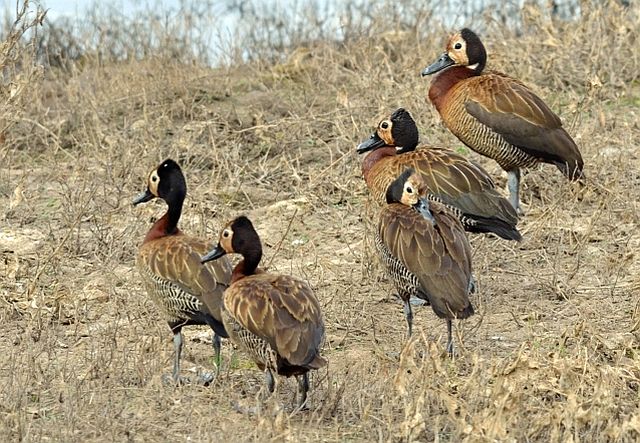 © BluTuna
© BluTuna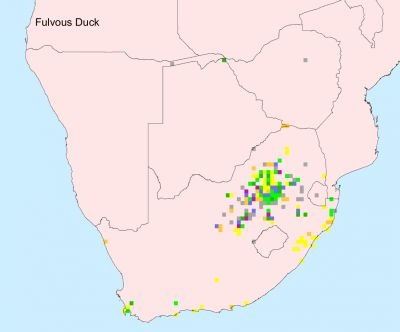
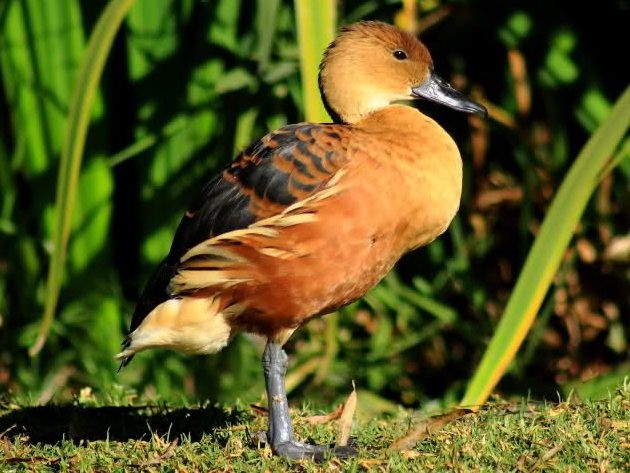 © Flutterby
© Flutterby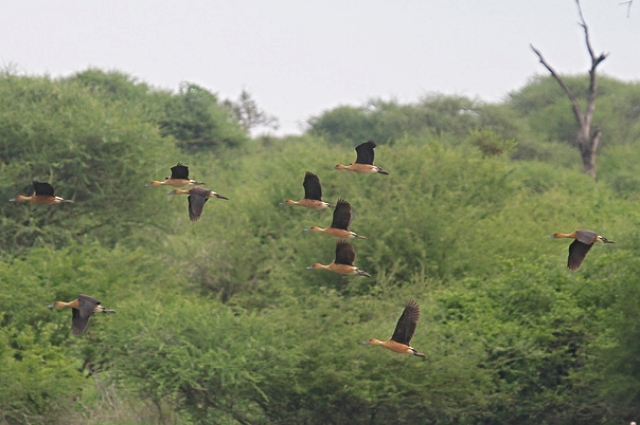 © leachy
© leachy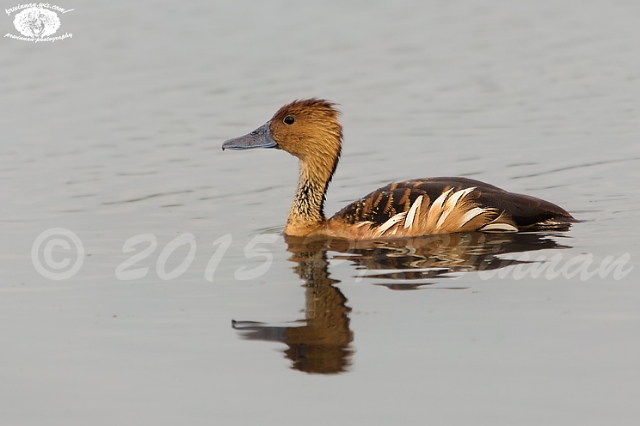 © PRWIN
© PRWIN